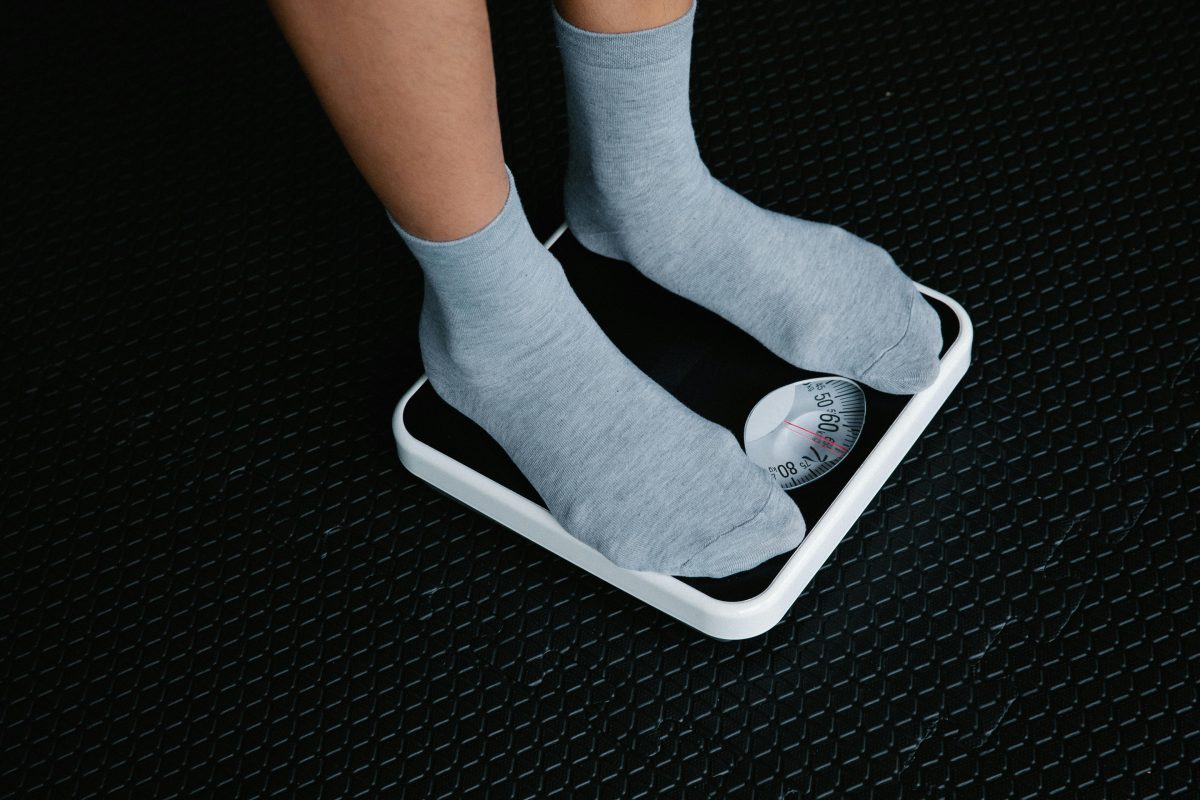Last Updated on: 14th July 2024, 09:05 am
Introduction to Fitness Progress Measurement

Tracking progress is the cornerstone of any successful fitness journey. It’s the compass that guides you, showing how far you’ve come and where you need to adjust your course. Without it, you’re navigating in the dark. A variety of methods exist to measure fitness progress, each with its own strengths. From the simplicity of tracking weight and body measurements to the sophistication of monitoring body composition and performance metrics, the options are vast.
Understanding the impact of your efforts through regular progress checks can be incredibly motivating. It turns abstract goals into tangible achievements. Whether you prefer the traditional tape measure and scale, the analytical approach of fitness apps, or the comprehensive analysis provided by professional assessments, there’s a method tailored to your journey. Embracing these tools not only fuels your motivation but also fine-tunes your fitness strategy for optimal results.
Setting Clear and Measurable Fitness Goals

Embarking on a fitness journey without clear goals is like setting sail without a map. It’s crucial to define what success looks like for you. This is where SMART goals come into play, acting as your compass. Specific, Measurable, Achievable, Relevant, and Time-bound goals transform vague ambitions into a structured plan. By setting SMART goals, you create a roadmap that guides your journey, making your destination not just a possibility but an inevitability.
- Specific: Tailor your goals to your personal desires.
- Measurable: Ensure you can track your progress.
- Achievable: Set goals that require effort but are attainable.
- Relevant: Align your goals with your fitness aspirations.
- Time-bound: Set a deadline to maintain focus and motivation.
By setting SMART goals, you not only clarify your path but also equip yourself with the tools to measure progress effectively. This approach ensures that every step taken is a step closer to your ultimate fitness aspirations. It’s not just about the destination but about embracing a journey that is clear, measurable, and, most importantly, achievable.
Traditional Methods of Measuring Fitness Progress

As we navigate through the fitness journey, understanding and measuring progress is pivotal. Traditional methods, while seemingly straightforward, offer a comprehensive view of one’s physical development. Let’s explore these time-tested techniques.
Body Measurements
- Weight: A general indicator of physical changes.
- Body Fat Percentage: Offers insights into the quality of weight loss or gain.
- Waist-to-Hip Ratio: Highlights changes in body composition and distribution.
Strength Tests
- One-rep max or the number of push-ups and sit-ups completed in a set time frame directly measure muscular endurance and power.
Endurance Tests
- Running or cycling for distance or time gauges cardiovascular fitness.
Incorporating these traditional methods into your fitness tracking arsenal offers a well-rounded perspective on your progress. Each, in its own right, provides valuable insights, guiding your journey towards a healthier, fitter self. Remember, the goal is not just to achieve but to maintain and improve, making these methods indispensable tools in your fitness toolkit.
Technological Advances in Fitness Tracking
The landscape of fitness tracking has been revolutionized by technological advances, making it easier than ever to monitor and understand your fitness journey. Wearable technology, such as fitness trackers and smartwatches, has become a staple for enthusiasts and professionals alike. These devices offer real-time insights into a wide array of metrics, including steps taken, calories burned, and even sleep quality, enabling users to make informed decisions about their health and fitness routines.
- Wearable Technology: Offers real-time insights into steps, calories, and sleep quality.
- Mobile Apps: Provide platforms for tracking workouts, nutrition, and sleep.
- Heart Rate Monitoring: Plays a crucial role in measuring exercise intensity and recovery.
Embracing these technological tools not only simplifies the process of tracking fitness progress but also enriches the journey. With data at your fingertips, every step, every beat, and every calorie becomes a part of a larger story of personal achievement and health optimization. As we continue to explore the capabilities of these technologies, the potential for personalized fitness experiences becomes boundless, promising a future where everyone can achieve their fitness goals with precision and ease.
The Psychological Aspect of Tracking Fitness
At the heart of a successful fitness journey lies the power of motivation, significantly fueled by tracking progress. Seeing tangible evidence of your efforts, such as improved run times or increased strength, acts as a potent motivator. It transforms the intangible—your hard work—into something measurable. This quantification of effort not only propels you forward but also instills a sense of achievement, encouraging you to set and reach even higher goals.
However, the path of progress tracking is not without its pitfalls. An obsession with numbers can emerge, leading to a detrimental impact on mental health. Constantly chasing after specific metrics, like weight or body fat percentage, can spiral into an unhealthy fixation. This obsession may cloud the joy of fitness, reducing it to mere numbers on a scale or an app. Worse, it can foster negative self-perception, where one’s value is tied to quantifiable outcomes, ignoring the holistic benefits of fitness.
To navigate these waters, a balance must be struck. Quantitative data is invaluable, yet it’s equally important to engage in qualitative self-assessment. How do you feel? Are you more energized, happier, or sleeping better? These subjective measures of progress are crucial. They remind us that fitness is not just about improving numbers but enhancing our overall quality of life. By marrying the quantitative with the qualitative, we can maintain a healthy perspective on our fitness journey, ensuring it contributes positively to both our physical and mental well-being.
Incorporating Feedback into Your Fitness Plan

As you diligently track your fitness progress, it’s essential to interpret the data and adjust your plan accordingly. This feedback loop is the key to sustained improvement and achieving your goals. When measurements indicate progress, it’s a sign to stay the course. However, when progress plateaus or regresses, it’s time to reassess and tweak your strategy.
- Data-Driven Adjustments: Adjustments should be data-driven and purposeful. For instance, if your strength tests show little improvement, consider increasing the intensity or volume of your workouts. Conversely, if endurance metrics are not advancing, you might need to incorporate more cardiovascular training or adjust your recovery periods.
- Patience vs. Change: It’s crucial to recognize when to be patient with your plan and when to implement changes. Not all results come quickly, and consistency is often rewarded. Yet, if after a reasonable period there’s no progress, it’s time for a change.
- Seeking Professional Advice: This is where professional advice can be invaluable. A fitness coach or personal trainer can provide personalized insights based on your performance, helping you to overcome plateaus and refine your plan for better results.
Ultimately, incorporating feedback into your fitness plan is about creating a dynamic and responsive approach to your health and fitness journey. By doing so, you ensure that your efforts are not just consistent but also effective, propelling you towards your fitness aspirations with every step.
In Closing
Measuring fitness progress fuels motivation and success. It transforms hard work into measurable achievements, enhancing both physical and mental well-being. By embracing both traditional and technological methods, individuals can navigate their fitness journey with precision, adjusting strategies based on insightful feedback. This dynamic approach ensures continuous improvement and personal growth. Let’s commit to tracking our progress, celebrating every milestone, and pushing towards our ultimate fitness goals with resilience and determination.
How to Measure Fitness Progress FAQs
Yes, cardiovascular fitness can be measured by tracking improvements in heart rate metrics, such as resting heart rate and heart rate recovery after exercise. A decrease in resting heart rate or a quicker recovery to your baseline heart rate post-exercise indicates an improvement in cardiovascular fitness. These measurements can be easily taken with a heart rate monitor or smartwatch.
Setting SMART (Specific, Measurable, Achievable, Relevant, Time-bound) goals can ensure they are realistic and attainable. This framework helps in creating clear and actionable objectives, making it easier to track progress and make adjustments as needed. Regularly reviewing and adjusting your goals based on your progress keeps them challenging yet achievable.
Focus on non-scale victories such as improvements in energy levels, better sleep quality, and how your clothes fit. These qualitative measures can be more indicative of your health and fitness progress than the number on the scale. Keeping a journal of these observations can be a positive way to track changes and maintain motivation.
Assess your progress regularly and be willing to adjust your fitness plan by increasing the intensity, duration, or frequency of your workouts. If progress stalls, consider incorporating new exercises or techniques to challenge your body differently. Consulting with a fitness professional can also provide personalized advice to ensure your plan aligns with your evolving fitness levels and goals.
You can measure your progress by tracking changes in your body composition, such as body fat percentage and muscle mass. Using tools like calipers for skinfold measurements or a body composition scale can provide tangible data. Regular assessments, every 4-6 weeks, will show how your body is responding to your fitness regimen.
Tracking your workout frequency is crucial to ensure you are exercising consistently and to identify patterns or changes in your routine. It helps in establishing a habit and assessing whether you are meeting your fitness goals. This data can be used to adjust your fitness plan for better results.
Measuring flexibility progress is necessary to see improvements in your range of motion and to identify areas that may need more focus. Techniques such as the sit-and-reach test can quantify your flexibility progress over time. Regular measurement can motivate you by showing tangible improvements and help in preventing injuries.
Tracking your strength progress can be effectively done by recording the weights, sets, and reps of your exercises over time. As you become stronger, you should see an increase in the amount of weight you can lift or the number of repetitions you can perform. This method not only shows improvements but also helps in planning future workouts.
Nutrition significantly impacts your fitness progress, affecting your energy levels, recovery, and body composition changes. Tracking your dietary habits alongside your fitness regimen can help identify how nutrition supports or hinders your progress. Using a food diary or app to log your intake can provide insights into the relationship between your diet and fitness achievements.
Celebrating small achievements and setting short-term goals can keep motivation high, even when overall progress seems slow. Recognizing the effort you put in and the small steps forward helps maintain a positive outlook. Additionally, varying your workout routine can prevent boredom and reignite enthusiasm.
Orlando is a all round athlete from Australia, now resident in Germany. His sports of passion of American Football(Offensive line), weight training and indoor rock climbing where he uses his 195cm wing span to his advantage.


